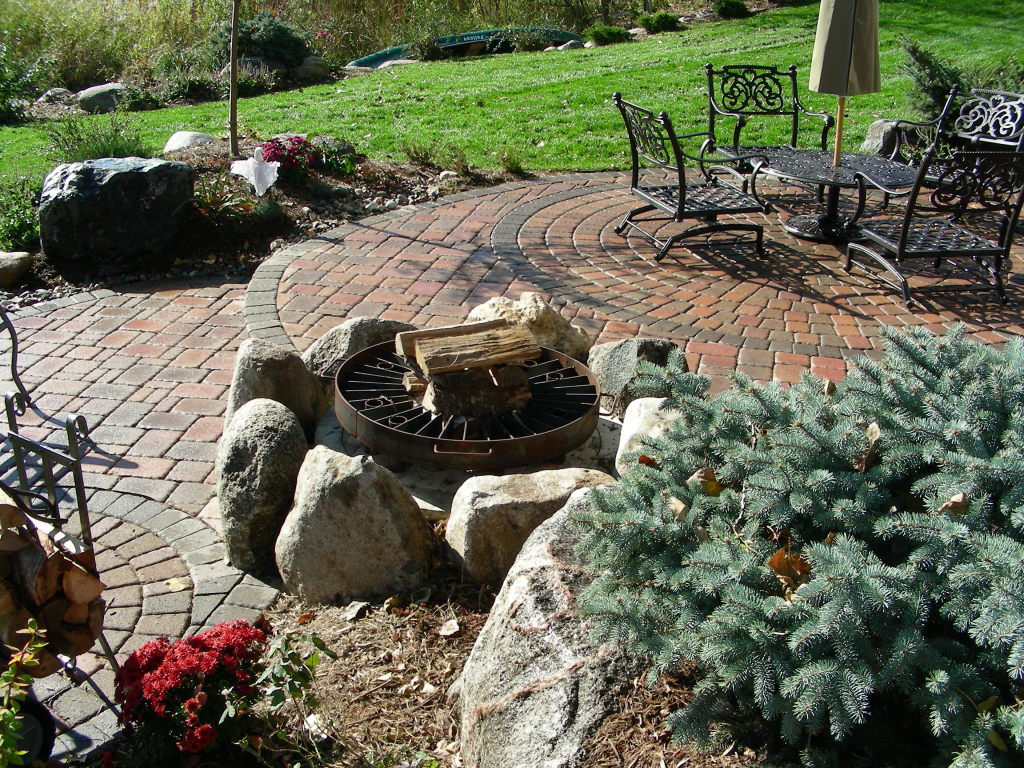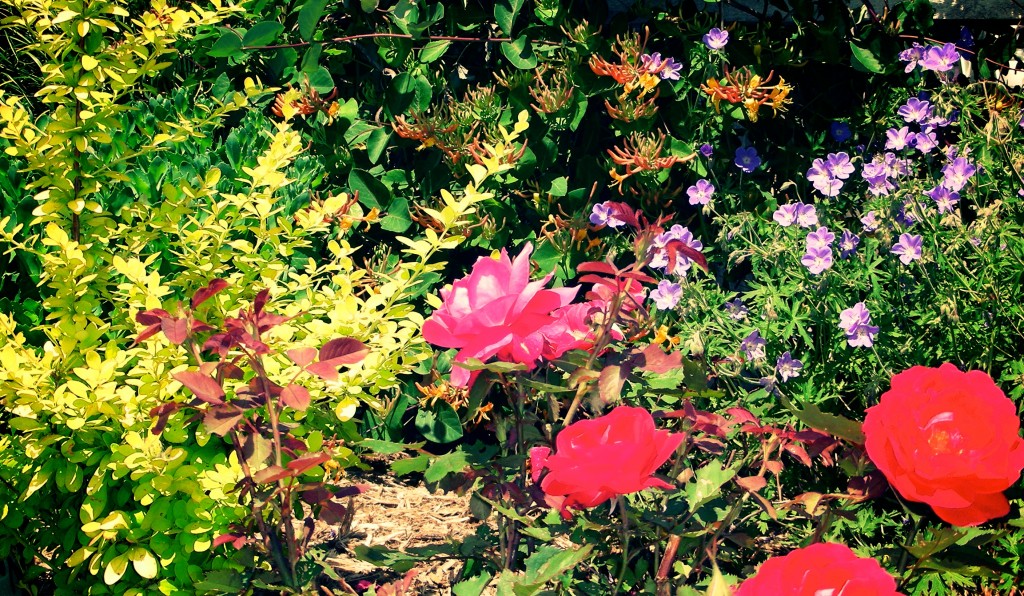What are some of your favorite summer memories from your childhood? Family road trips? Long warm days with no textbooks in sight? Lazy afternoons out at the lake?
It seems like no matter what your favorite part of summer is, everyone’s memories of summer include evenings spent roasting hot dogs and s’mores over the campfire. Sure, they can be a great way to end a day of camping, but they’re even more fun if the fire pit is in your backyard.
Fire pits and evening bonfires are a great excuse for family and friends to spend an evening together.
Today, backyard fire pits are a little fancier than a hole in the ground surrounded by a circle of rocks. Fire pits can easily be incorporated into your landscape design and be a beautiful feature of your yard.
Know your fire pit options
If you’re thinking about adding a fire pit to your yard, there are a couple options for you to consider:
- Free-standing fire pits
Free-standing fire pits are easy to install and typically are placed on a solid area, like a brick patio. They are not anchored to anything and are a snap to move or put away if you don’t want the fire pit in your yard all the time.
- Built-in fire pits
Built-in fire pits are typically made of brick or stone. They are much more secure and durable than free-standing fire pits. With built-in fire pits, you have a lot of design options to showcase your personality and complement the landscape design of the rest of your yard.
With either option, it’s easy to add complementary seating to finish your fire pit area and make sure you’re ready for a summer filled with evenings around a bonfire. All you’ll need to do is pull out the marshmallows and invite the neighbors over.


 Contact 612-483-GOAT
Contact 612-483-GOAT